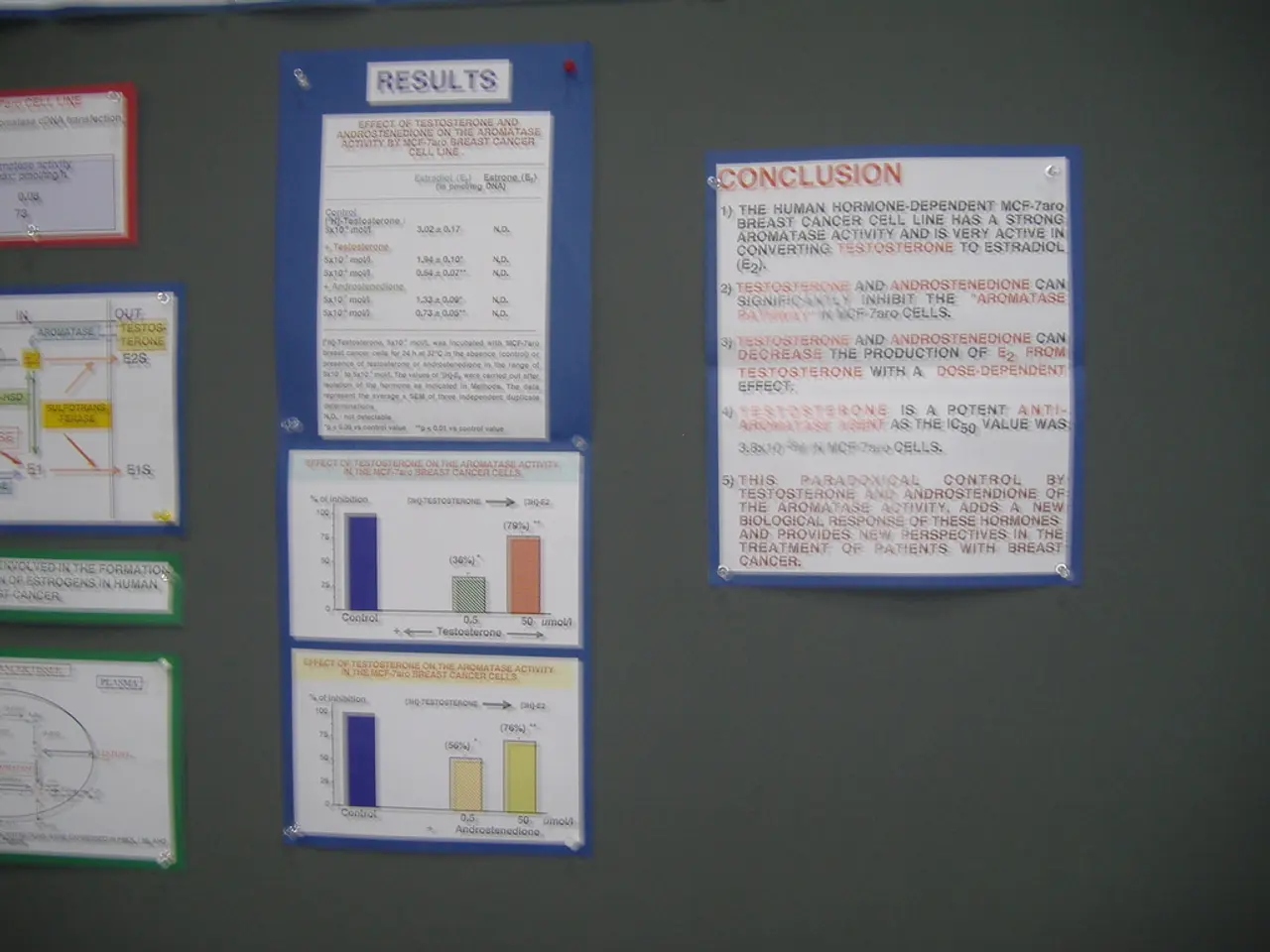Eight Indicators of Decreased Employee Motivation That Shouldn't Be Overlooked
**Boosting Employee Morale for a Healthier Work Environment**
In today's fast-paced business world, maintaining a productive and harmonious work environment is essential. A key factor in achieving this goal is employee morale, which encompasses the overall outlook, attitude, satisfaction, and confidence of team members at work. Low employee morale can negatively impact productivity and company culture, emphasizing the need for proactive measures.
Identifying signs of low employee morale is crucial for addressing the issue. Some common indicators include chronic absenteeism, high turnover, frequent conflict, negativity, declining performance, falling revenue, negative attitudes, and visible stress and anxiety among employees. Early detection of these signs is essential for maintaining a productive and positive work environment.
Once you've identified signs of low morale, it's essential to take proactive steps to address them. Here are some strategies to consider:
1. **Improve Communication:** Clear communication channels, such as Slack or Microsoft Teams, can help ensure consistent messaging. Providing communication training to improve skills like active listening and feedback can also be beneficial. Establishing a system for ongoing feedback ensures continuous improvement.
2. **Enhance Recognition and Rewards:** Implementing a recognition system to appreciate employees' contributions and achievements is essential. Offering meaningful rewards that align with individual and team goals can further boost morale.
3. **Foster a Positive Culture:** Promote open dialogue to address concerns and ideas, and encourage collaboration and teamwork through team-building activities.
4. **Wellness Programs:** Implement wellness initiatives to support physical and mental health, which can boost morale and engagement.
5. **Address Individual Issues:** Use feedback surveys and peer input to identify disengaged employees. Address issues like procrastination and lack of engagement through constructive feedback and support.
By adopting these strategies, you can create a more positive and productive work environment that supports employee morale and overall success. Additionally, ergonomic office furniture, decorative elements, and flexible work hours can contribute to a more comfortable and enjoyable work environment.
In conclusion, addressing low employee morale is crucial for maintaining an engaging and collaborative environment that fosters a positive work culture. By identifying signs of low morale and implementing proactive measures, businesses can create a more productive and successful work environment for everyone.
Incorporating growth-focused marketing strategies can help startups attract talents with high morale and perpetuate a positive work culture. Science-backed workplace wellness programs, centered around health-and-wellness, can reinforce the commitment to employee well-being and boost morale, leading to increased productivity. Financially viable business models are essential for the sustainability of such wellness initiatives, ensuring a continuous focus on employee morale and success. Lastly, aligning marketing efforts with business objectives can help demonstrate the company's dedication to fostering a positive and productive work environment for its employees.




